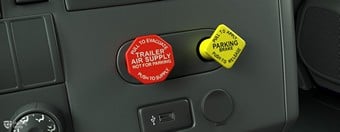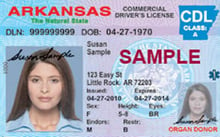In Arkansas, drivers of semi-trucks or tractor-trailers can find economic opportunities in a variety of the state’s key economic sectors. These include agriculture (the state’s biggest employer), manufacturing, retail logistics (chiefly Walmart), and natural resources (especially timber, oil and gas, and minerals).
Arkansas’s agricultural sector produces poultry and eggs, soybeans, and rice, among others. Trucks transport these products to processing facilities, warehouses, and export hubs. Walmart (whose global headquarters is located in Bentonville) operates an extensive logistical network, including multiple distribution centers in Arkansas. This network creates a demand for truck drivers to transport Walmart products. Some truck drivers work directly for Walmart; others work for third-party logistics companies that partner with Walmart.
Arkansas’s economy is heavily dependent upon its timber and paper products industry. Tractor-trailers transport raw timber from forests. In the natural gas and minerals industries, truck drivers transport equipment, raw materials, and finished products.















